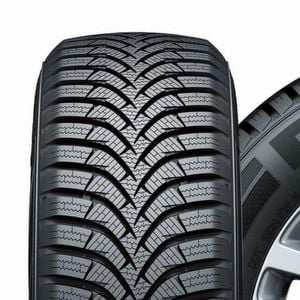Last Updated on 26.09.2024 by hrushetskyy
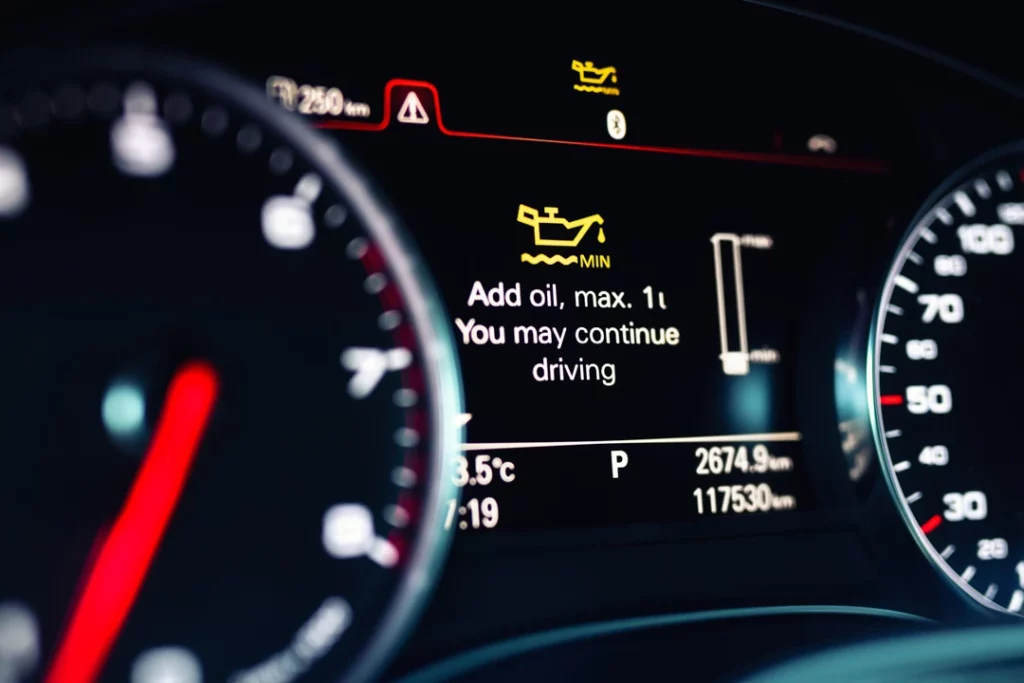
While most of us don’t pretend to be mechanics, it is useful to have a general idea of how our cars work, especially when it comes to warning lights and problems. One of the lights on your dash that comes on briefly when you start your car’s engine is your low oil pressure warning light. This is not a light to be ignored, as low-pressure engine oil can cause serious harm to your car. But did you know this isn’t the only sign you have low oil pressure? Read on to learn all about the importance of oil pressure and what you need to watch out for.
The importance of engine oil and pressure
Our car’s engine is made up of lots of moving parts that need to move smoothly and not grind or rub against each other. And that’s where your engine oil comes in. The engine oil has to flow freely around the engine, keeping everything operating correctly. To move, the engine oil needs a certain amount of pressure. If the engine oil pressure drops too low, your engine will no longer be lubricated, and parts can begin to get damaged. This can lead to a lot of problems, including serious engine failure.
So, as you can see, understanding low oil pressure and its implications is crucial for maintaining engine health and performance.
Signs you have low engine oil pressure
There are a few signs you can look out for that may indicate you have low engine oil pressure.
Engine noise
Listen out for strange noises coming from your engine. If your motor oil isn’t doing its job, there will be increased friction between moving parts, which can lead to abnormal engine noises like knocking or ticking sounds.
Excessive oil consumption
If you are having to top up your oil regularly, this could be a sign of low pressure. Engines with low oil pressure often use more oil due to internal leaks or worn piston rings and valve seals. This is not only expensive but means you need to regularly top-up your engine oil to maintain sufficient oil pressure.
Exhaust smoke
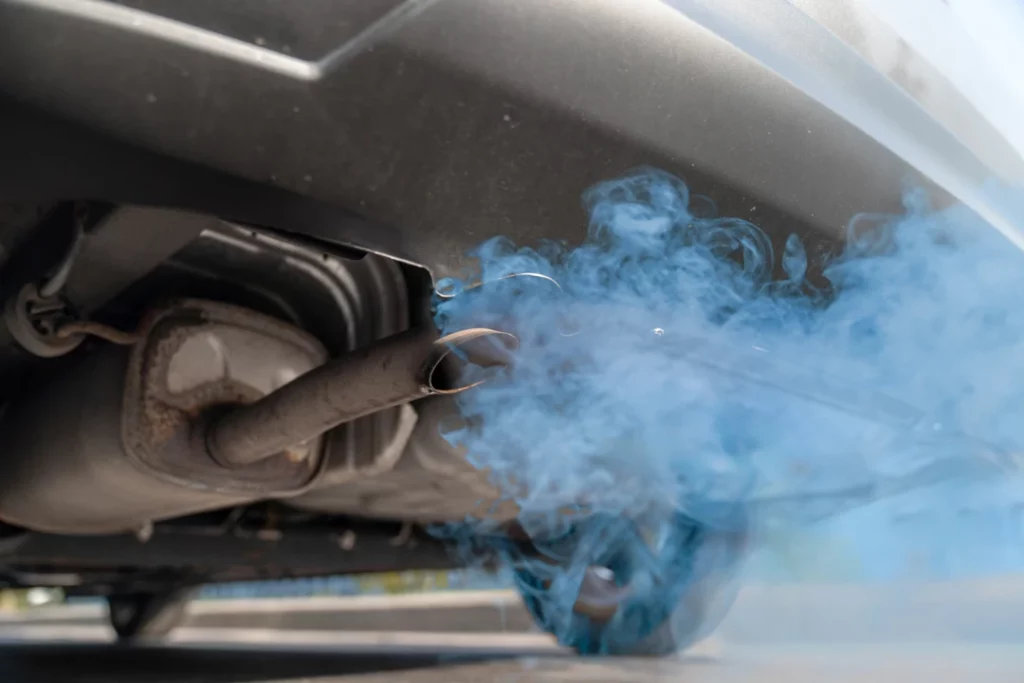
When you drive off, is your car leaving behind a trail of smoke? Low engine oil pressure can cause oil to leak into the combustion chamber, which will result in blue smoke coming from your exhaust. This is a serious sign that the engine is burning oil, which can damage the catalytic converter over time.
Oil warning light
If your oil warning light comes on and stays on, this is a sure sign that you have a problem with low pressure – unless, in very rare circumstances, you have a faulty oil pressure sensor.
Warning systems
All modern vehicles come with sophisticated systems to let you know if you have low oil pressure problems. These include:
- Oil pressure gauges: Your oil pressure gauge can be either mechanically or electrically operated. In mechanical systems, oil travels up to the pressure gauge, where a flexible, hollow tube, called a Bourdon tube, uncoils as the pressure increases, moving a needle over a scale to indicate oil pressure. In electrical systems, an oil pressure sensor or sending unit detects pressure changes, adjusting the resistance in the circuit, which the gauge translates into a pressure reading.
- Indicator lights: When your engine oil pressure falls below a set level, a diaphragm in the oil pressure sensor moves and closes the sender switch, completing an electrical circuit. This action turns on the oil pressure warning light, letting you know that you have a problem.
Dangers of low engine oil pressure
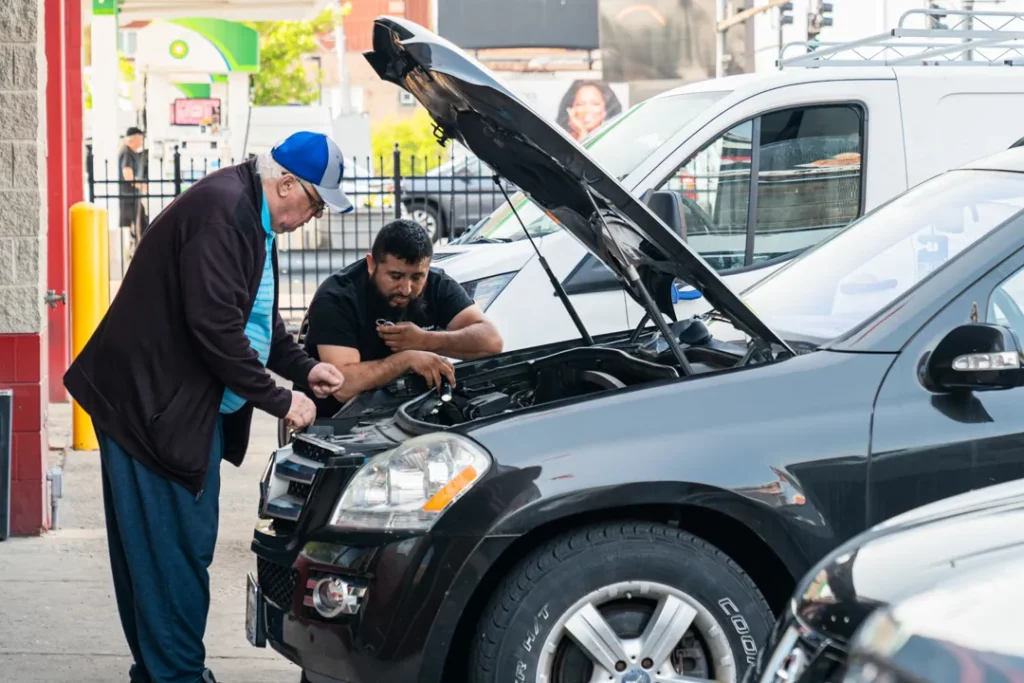
Ignoring low oil pressure is a bad idea, as it can potentially lead to serious and expensive engine damage. Some of the main risks include:
Premature wear and tear
Low engine oil pressure means that engine parts are not being properly lubricated, which increases wear and tear. This can lead to expensive repair bills as it significantly reduces the lifespan of the engine components and even the engine itself.
Loss of performance
When the oil pressure drops, your engine is likely to experience a loss in performance. You might notice this as reduced power, poor acceleration, and overall inefficiency.
Engine damage
If you keep driving with low oil pressure, this can even lead to critical engine damage. This includes bearing failure, damage to the turbocharger bearings due to slow oil delivery, especially during cold starts, and potential engine seizure.
Reasons for low engine oil pressure
It’s really important that you understand the reasons behind low oil pressure so you can diagnose and fix the problem quickly. Low oil pressure can lead to severe engine damage if you ignore it. Let’s explore the various causes behind low engine oil pressure.
Excessive bearing clearances
One of the most common reasons for low oil pressure is excessive bearing clearances. Your bearings are designed to maintain a specific clearance with the crankshaft to allow proper oil flow and pressure. However, as your engine gets older and components start to wear down, these clearances can get bigger, causing a drop in oil pressure as the space for the oil to flow increases.
- Technical explanation: When bearing clearances become too large, the oil flows through too quickly, reducing resistance and therefore pressure. Normal clearance values range between 0.001 to 0.003 inches; if the clearance gets larger than this you could be in trouble.
- Results: Lower oil pressure leads to insufficient lubrication, increasing friction and wear on engine components, causing more problems.
Oil pump problems

Your oil pump is what gets the oil moving around your engine. It doesn’t create pressure itself but it does make sure the oil goes where it’s needed. And when the oil reaches certain engine parts there’s resistance in the passages, which creates pressure. So, if you have an oil pump failure, your oil can’t move properly.
- Technical explanation: Oil pumps are positive displacement pumps, which means that the volume of oil they move is proportional to their speed. As engine RPM increases, so does the pump output. If the pump’s internal components, like gears or rotors, are worn, its efficiency drops, leading to lower oil output and, consequently, lower pressure.
- Results: A failing oil pump can severely impair engine lubrication, risking immediate damage.
Plugged oil pickup screen
The oil pickup screen is an oil filter that’s located at the inlet of the oil pump, filtering out large particles to prevent them from entering the pump.
- Technical explanation: A plugged oil pickup screen restricts the flow of oil to the pump. This causes the pump to work harder and less efficiently, which can lead to an oil pressure drop.
- Results: With restricted oil flow, the engine’s lubrication system can fail, leading to increased wear and potential overheating.
Weak or broken oil pressure relief valve
The oil pressure relief valve is an important component. This valve regulates the maximum motor oil pressure in your engine, making sure the pressure doesn’t get too high.
- Technical explanation: The relief valve uses a calibrated spring to open at a specified pressure, which then allows excess oil to return to the sump. If the valve is weak or broken, it might open at the wrong time and fail to maintain proper pressure.
- Results: Inconsistent oil pressure can lead to poor lubrication and potential engine damage.
Low oil level
It’s important that you have enough engine oil in your car at all times. If the level of oil drops too low, pressure will drop too. This is often caused by an oil leak somewhere in your system.
- Technical explanation: Low oil levels mean there isn’t enough oil in the sump for the pump to circulate effectively. As a result, the pump may draw in air, causing oil aeration, which can cause low pressure in your motor oil.
- Results: Aerated oil is less effective at lubricating your engine components, which leads to more wear and the risk of engine failure.
Contaminated or low-viscosity oil

Your engine oil quality and viscosity are essential for proper oil pressure.
- Technical explanation: Contaminated oil or oil that is too thin (low viscosity) can’t maintain pressure correctly. Viscosity affects the oil’s resistance to flow; lower-viscosity oils flow more easily but create less resistance and pressure and high-viscosity oil maintains a higher pressure, although it may flow more slowly.
- Results: Using the wrong type of oil, or dirty oil, can lead to insufficient pressure, so your car’s lubrication system will work less effectively.
Restricted oil flow
If you have a blockage or obstruction in the oil passages of your car, engine oils won’t be able to flow properly, which can lead to low oil pressure.
- Technical explanation: Blockages or sludge buildup in the lubrication paths will restrict oil flow. This will increase pressure upstream of the blockage but cause a drop in overall system pressure. Regular maintenance, including a regular oil change, can prevent these issues.
- Consequence: Restricted flow can lead to localized overheating and wear, damaging engine components.
How to maintain engine oil pressure
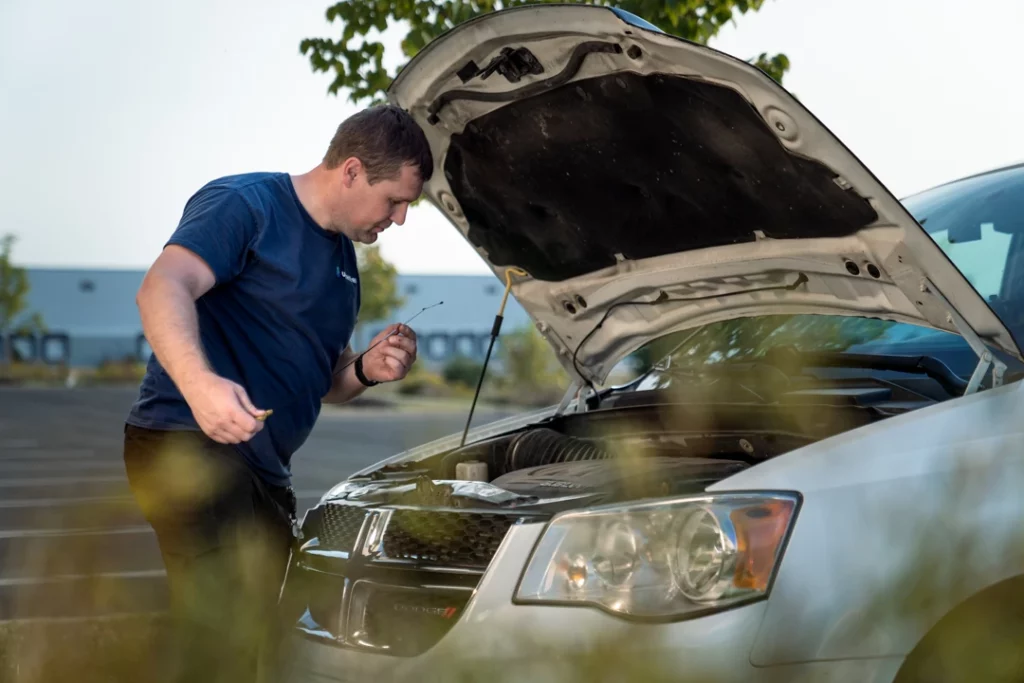
Oil pressure is measured in pounds per square inch (psi) or kilopascals (kPa). For most engines, the oil pressure should typically range between 25 to 65 psi. So, if you get a reading significantly below this, you should investigate further.
Another important factor for maintaining proper pressure is the viscosity of your oil. It’s important you always use oil that meets your engine’s viscosity requirements – check your manufacturer’s handbook for specifications. For example, you might need to use higher-viscosity oil to avoid issues related to low oil viscosity, which can also lead to problems with low oil pressure.
According to recent data, problems with oil pressure and lubrication system failures are responsible for a substantial percentage of engine breakdowns, with low oil pressure being a major factor. This is why regular maintenance is essential. This should include oil changes and inspections of the oil pump, oil pickup screen, oil filter, and pressure relief valve.
Frequently Asked Questions
How do you fix low oil pressure?
To fix low oil pressure, start by checking your oil level and topping it up if it’s low. If the oil level is fine, the next step is to inspect and possibly replace the oil filter, as a clogged filter can restrict oil flow. If these don’t solve the issue, you might need to look deeper into potential causes, such as a faulty oil pump, worn bearings, or a blocked oil pickup tube. Using the correct oil viscosity for your engine is also crucial. If you’re not comfortable diagnosing these issues yourself, it’s a good idea to take your car to a trusted mechanic.
Is it okay to drive with low oil pressure?
No, it’s a bad idea to drive with low oil pressure as it can be very risky for your engine. Low oil pressure means your engine isn’t getting enough lubrication, which can lead to increased friction, overheating, and severe damage to engine components. If your oil pressure warning light comes on, pull over safely and check your oil level. If it’s low, add oil and see if the light goes off. If it stays on, or if the oil level was fine to begin with, it’s best to avoid driving and have your car checked by a mechanic as soon as possible to prevent costly repairs or engine failure.
What’s the main cause of low oil pressure?
The main cause of low oil pressure is often low oil levels in the engine. When there’s not enough oil, the oil pump can’t circulate sufficient oil to keep all the engine parts properly lubricated, leading to a drop in pressure. This can be due to oil leaks, burning oil, or simply not topping up the oil regularly. Other common causes include a worn-out oil pump, clogged oil filter, or using the wrong oil viscosity. Regular oil changes and maintenance checks are key to preventing low oil pressure and keeping your engine running smoothly.
Share the Knowledge
